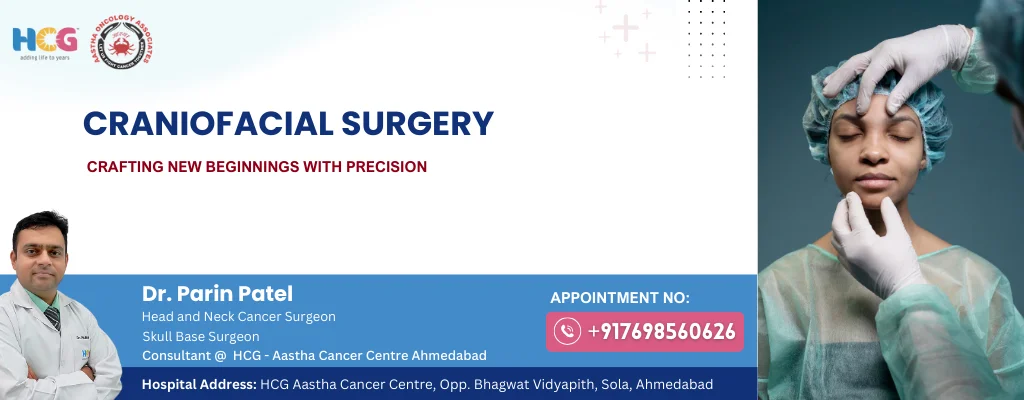
In craniofacial surgery, abnormalities of the head and face that are either genetic (existing from birth) or acquired by trauma, infection, or illness are corrected. A person’s capacity to see, breathe, eat, and communicate is directly impacted by the damaged areas, therefore both functional and aesthetic factors are taken into account throughout the procedure. Craniofacial surgery aims to restore normal function and enhance the patient’s quality of life in addition to improving the face and skull’s outward appearance.
Craniofacial surgery can significantly alter a patient’s life, both functionally and emotionally. For people born with disorders such as cleft lips or craniosynostosis, surgery allows them to develop into adulthood with normal facial characteristics and the capacity to interact socially without shame. Surgery can assist people who have experienced traumatic injuries regain lost function, such as the capacity to eat, speak, and breathe normally.
Additionally, craniofacial surgery helps to boost self-esteem and confidence. Many people find that the aesthetic effects of surgery improve their emotional well-being and quality of life significantly.
The procedure of having craniofacial surgery usually involves several steps. Initially, the surgeon will perform a complete evaluation to determine the severity of the deformity or injury. Imaging tests, such as CT scans or MRIs, are frequently used to obtain a detailed image of the skull, face, and surrounding structures. The surgeon will then create a customized treatment plan that may include one or more surgical procedures.
The surgery is often conducted under general anesthesia, and depending on the complexity of the treatment, it may necessitate a hospital stay. Postoperative recovery varies depending on the type of surgery, but patients should expect swelling, bruising, and soreness, which can be treated with medication. Rehabilitation, which includes physiotherapy.
Dr. Parin Patel, a leading Head and Neck Cancer Surgeon in Ahmedabad, brings 12 years of expertise in transforming lives with precision and compassion. His extensive experience in handling complex craniofacial cases, from tumor resections to advanced reconstructions, has earned him a reputation for excellence. With a patient-centered approach and mastery of advanced surgical techniques, Dr. Patel ensures both functional restoration and enhanced aesthetic outcomes. For those seeking world-class craniofacial care, Dr. Parin Patel is the trusted choice in Ahmedabad, known for his commitment to quality and exceptional results.
Our surgeries
Dr. Parin Patel's Other Visiting OPDs
HCG Hospital Road, nr. Aastha Avenue, off 150 Feet Ring Road, Puneet Nagar, Ayodhya Chowk, Rajkot, Gujarat 360006
2nd Saturday of Every Month
10:00 A.M. To 12:00 P.M.
GIDC Main Rd, behind Shree Swaminarayan Sanskardham, Sardar Nagar, Morbi, Gujarat 363641
2nd Saturday of Every Month
02:00 P.M. To 03:00 P.M.
© 2025 Dr. Parin Patel. All Rights Reserved